I am building the electronics on top of a thrifted dress.
The "brain" of the project is a Circuit Playground Bluefruit. I'm starting with the code for the No-Solder LED Disco Tie at Adafruit and making changes to suit my project.
The sound reactive code will be used on stage, and I'll have the rainbow chase engaged for other times. Yes, I'd also like to have some other patterns, but right now I just want to get the dress together and working! I've also added a mode to turn the lights to 0,0,0. Not exactly off, but if I'm in a situation where it's going to be a distraction I can easily shut it down.
I'm also thinking of adding a tactile button so I can cycle through modes without having to get out the phone.
Thank you to everyone who has liked and followed this project. I hope I don't disappoint you!
 Julie Barrett
Julie Barrett
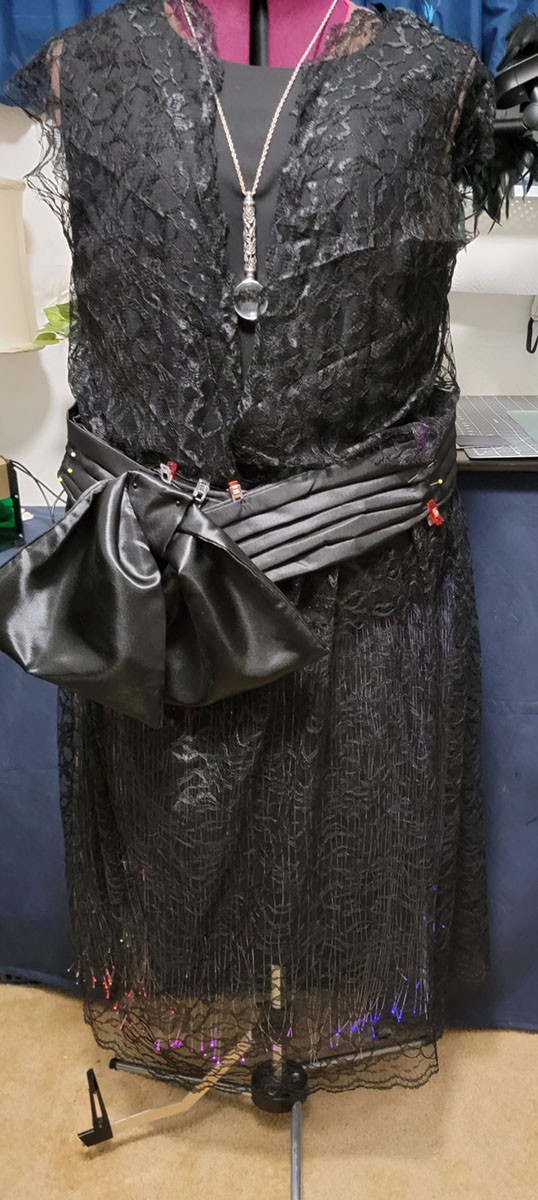

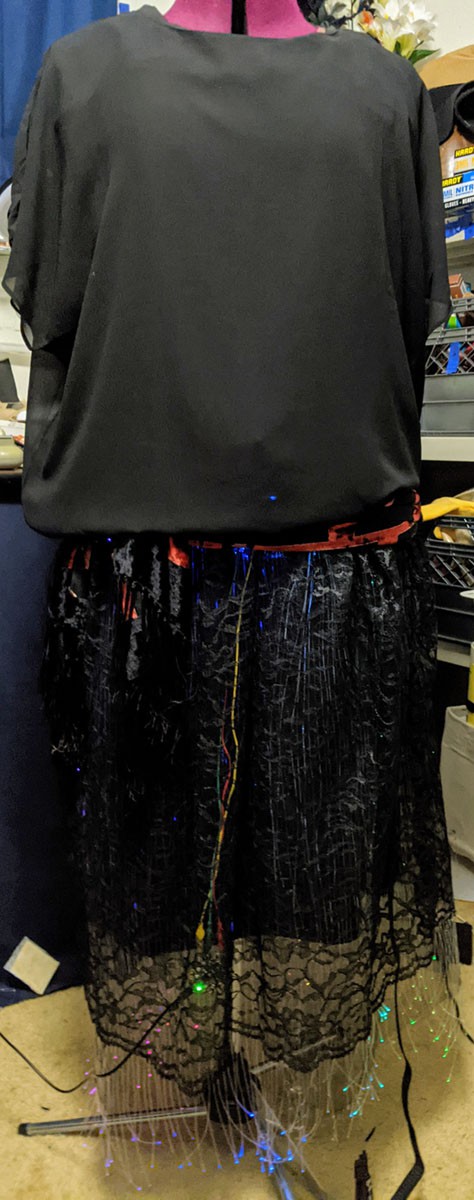
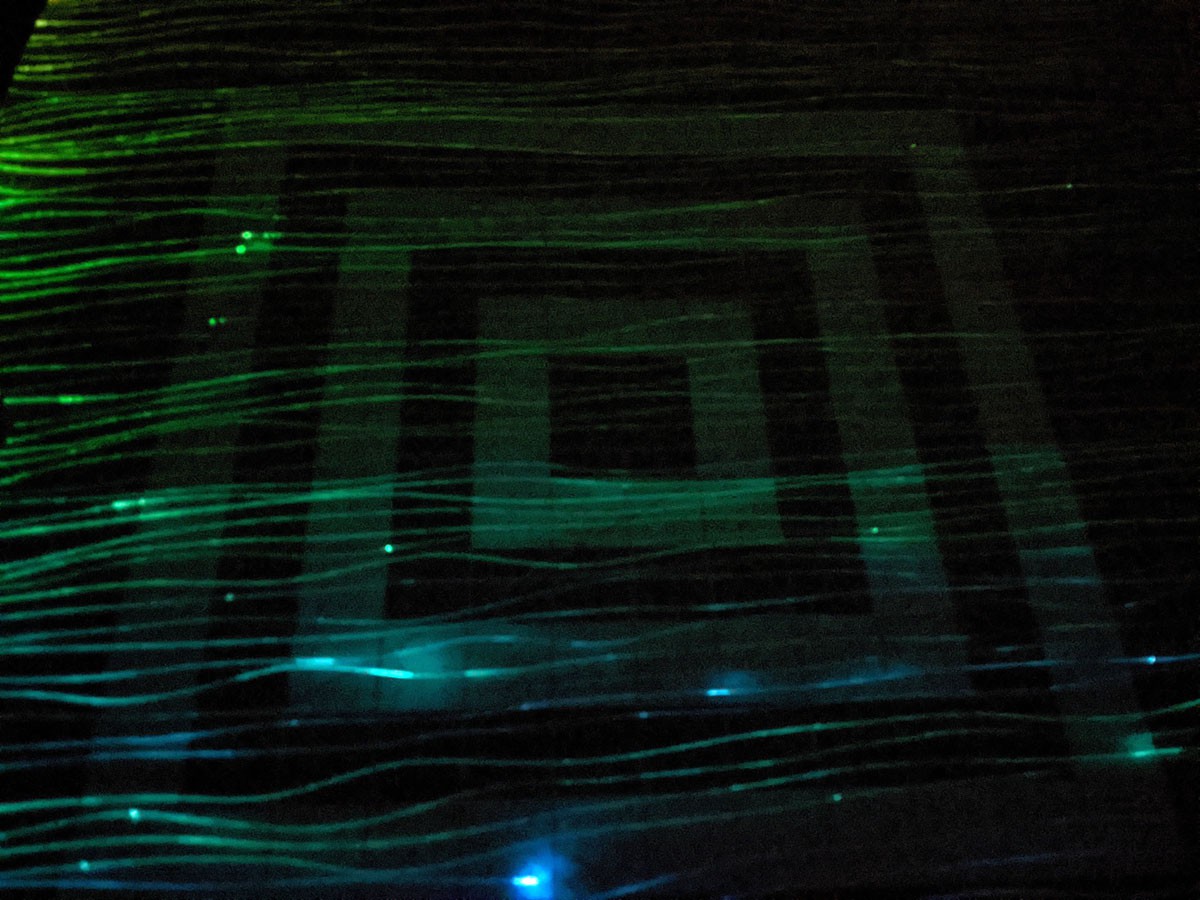
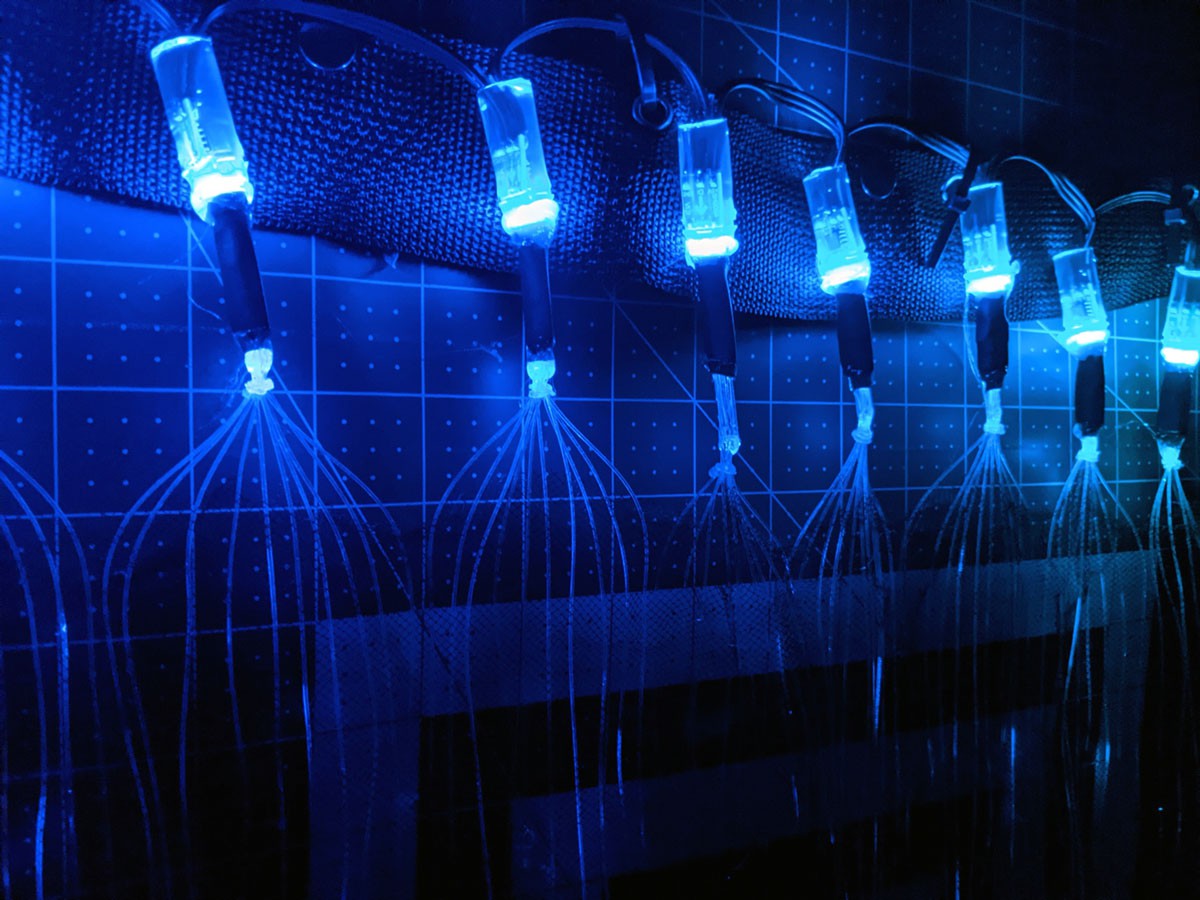
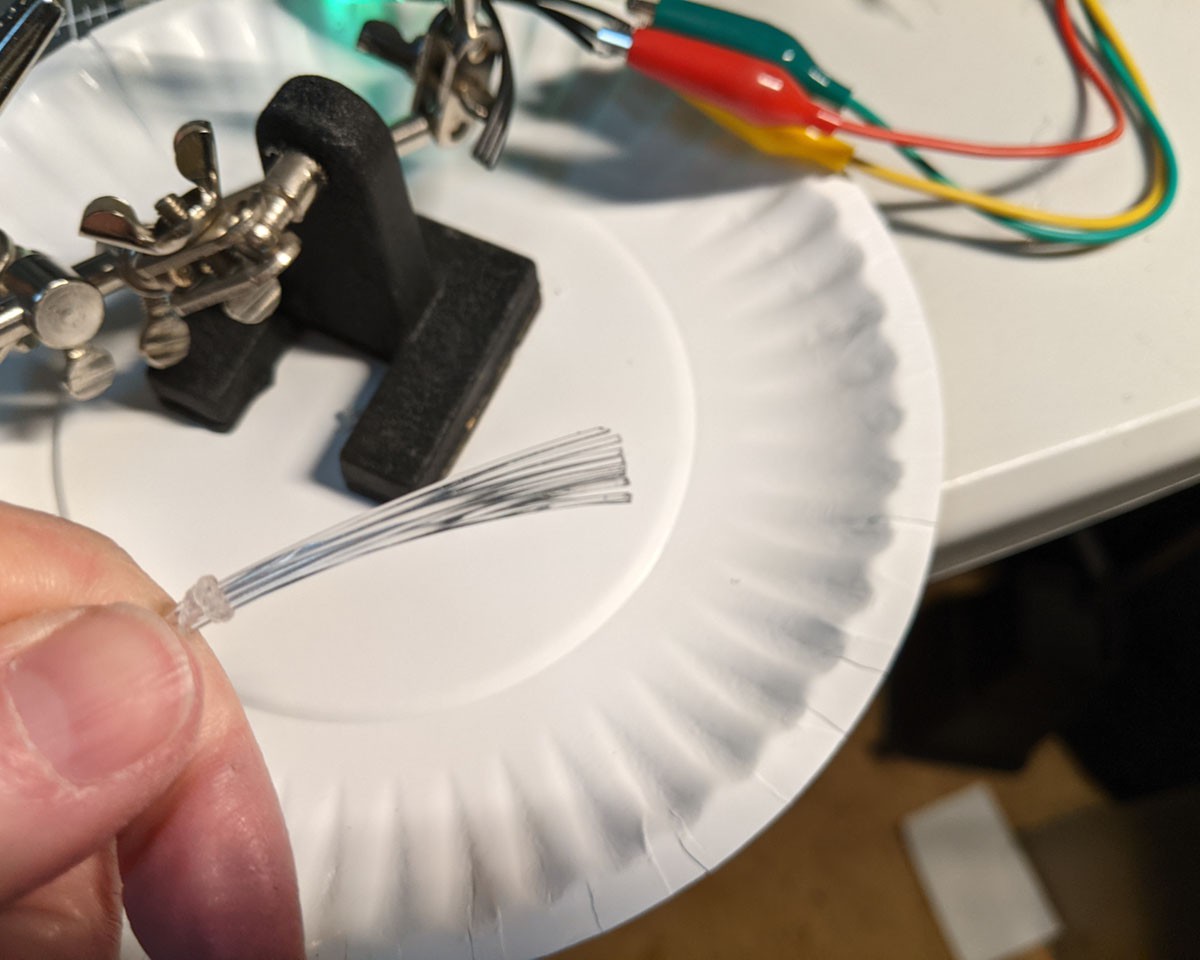
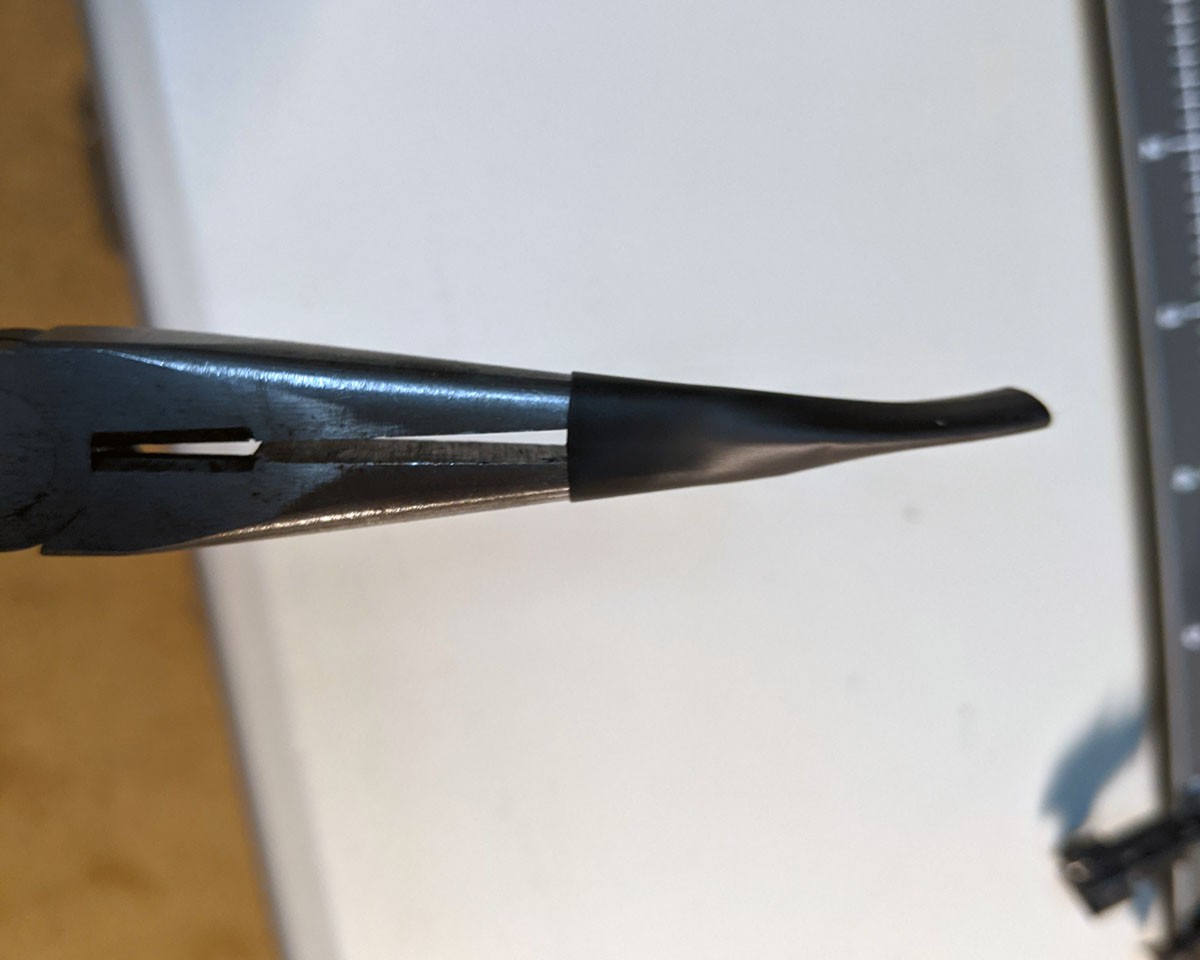
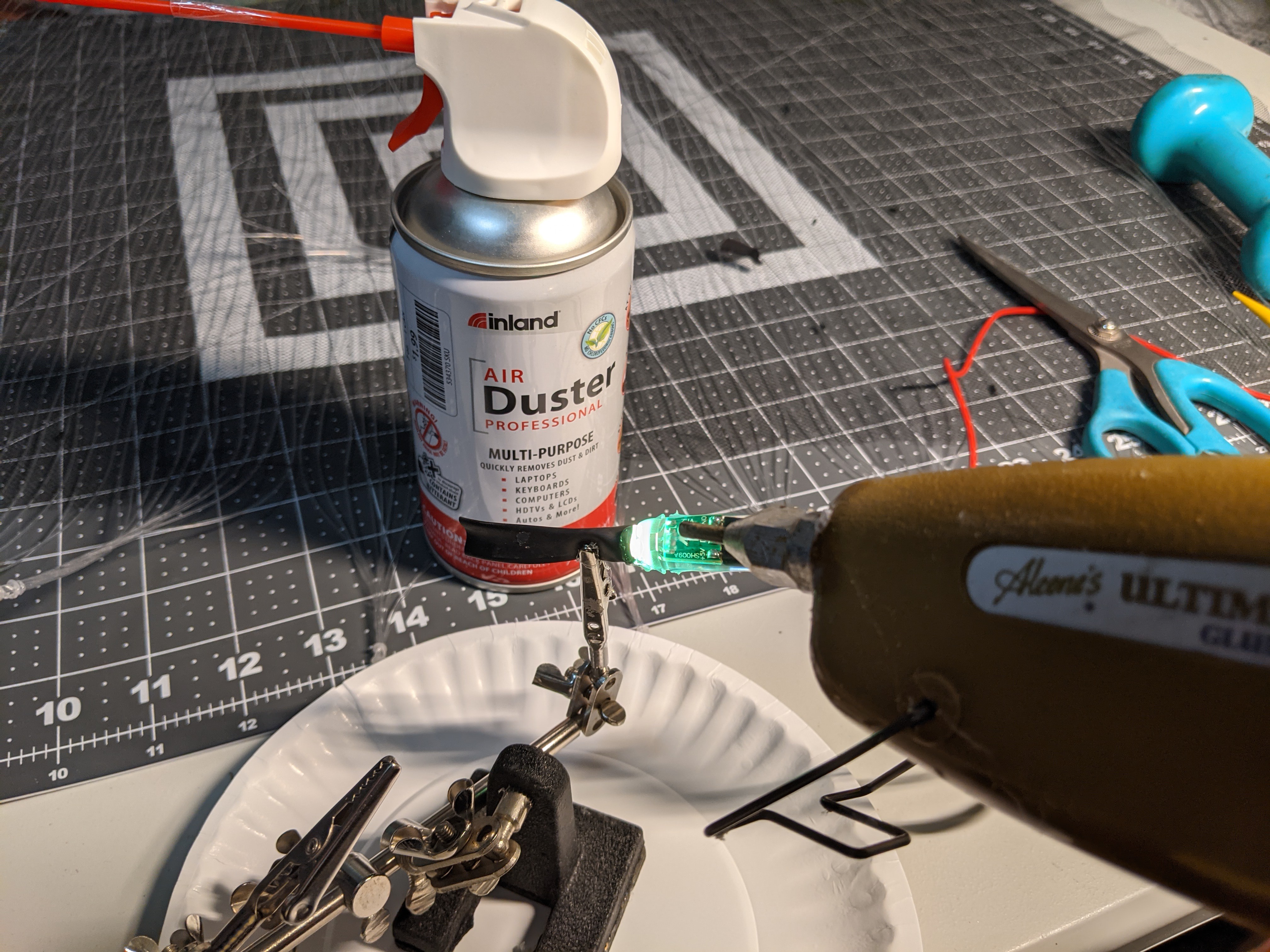
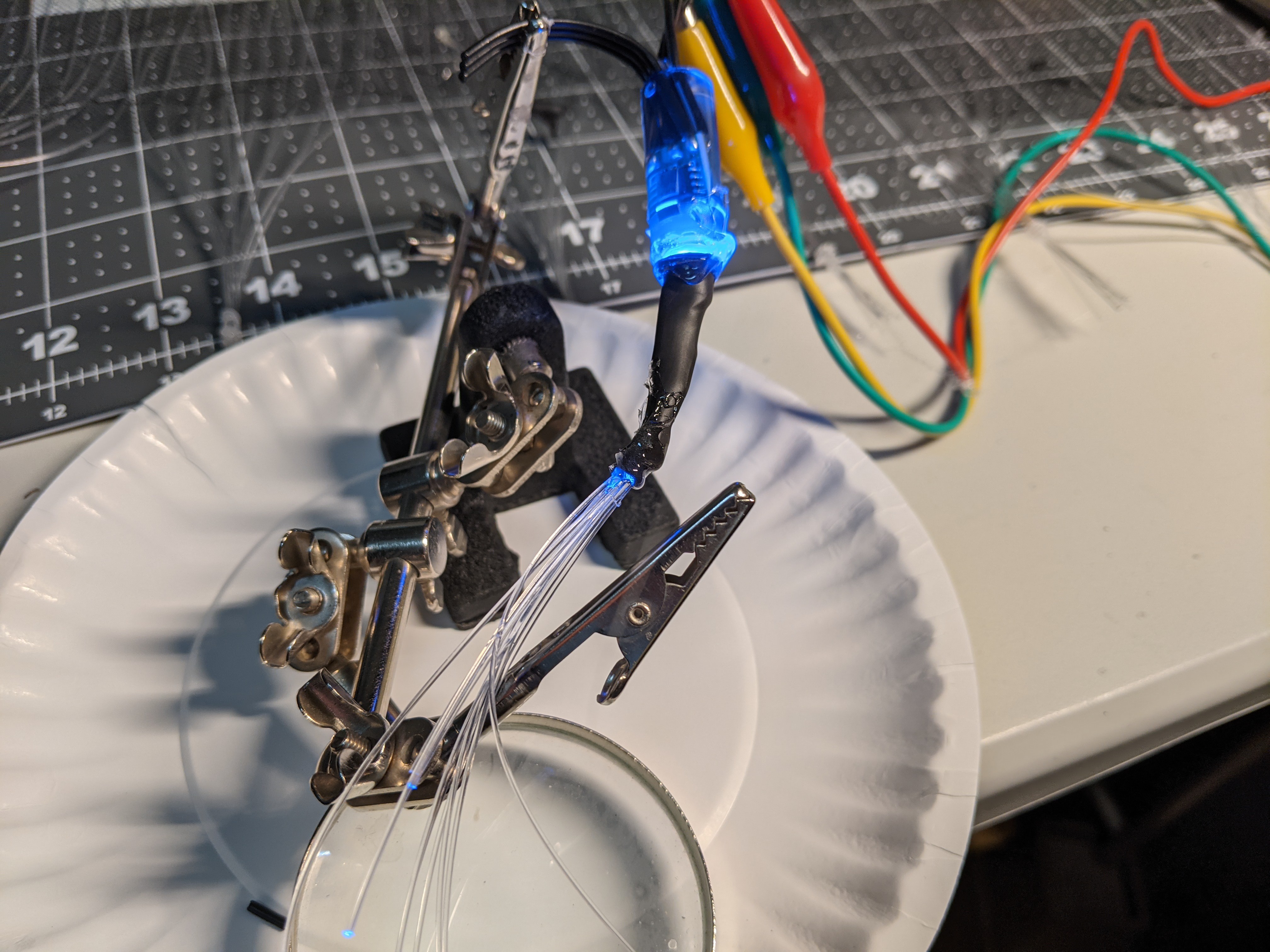
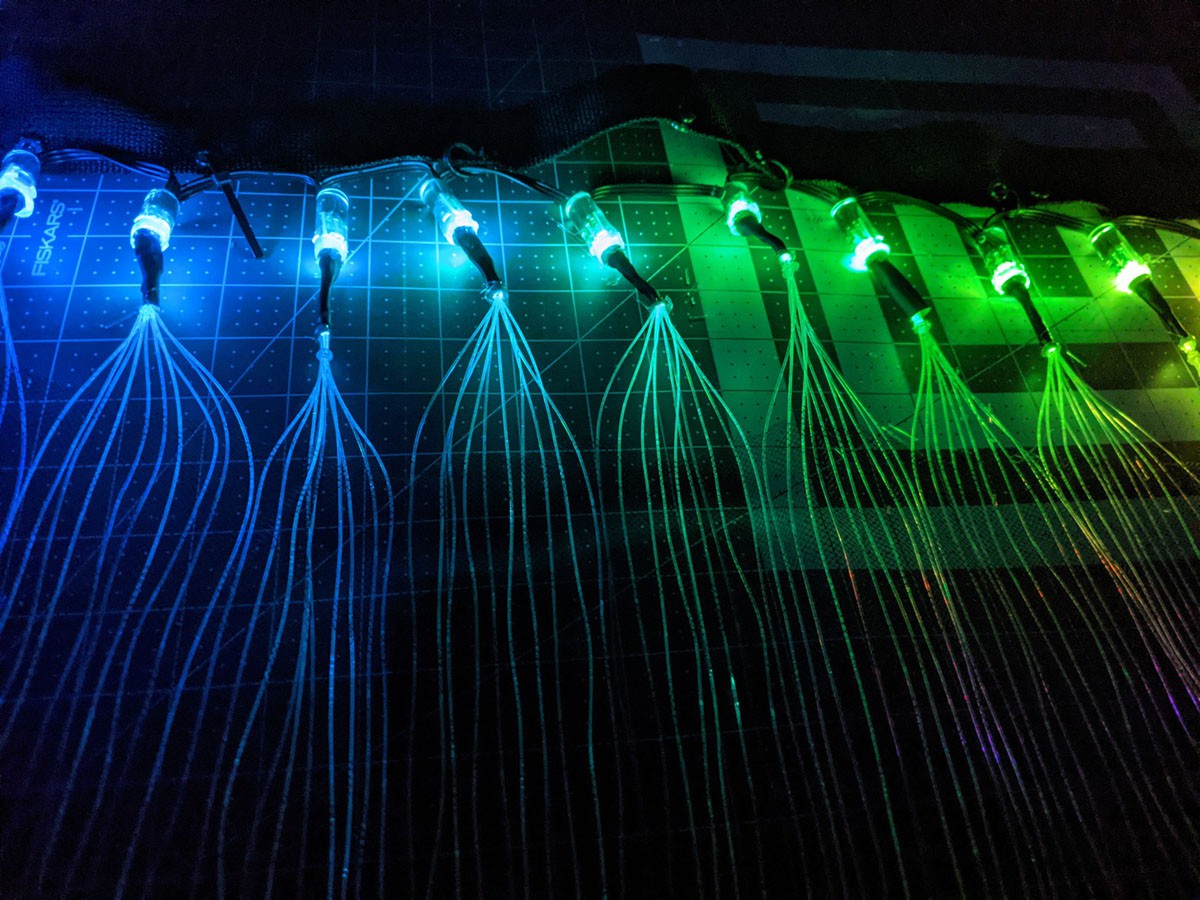
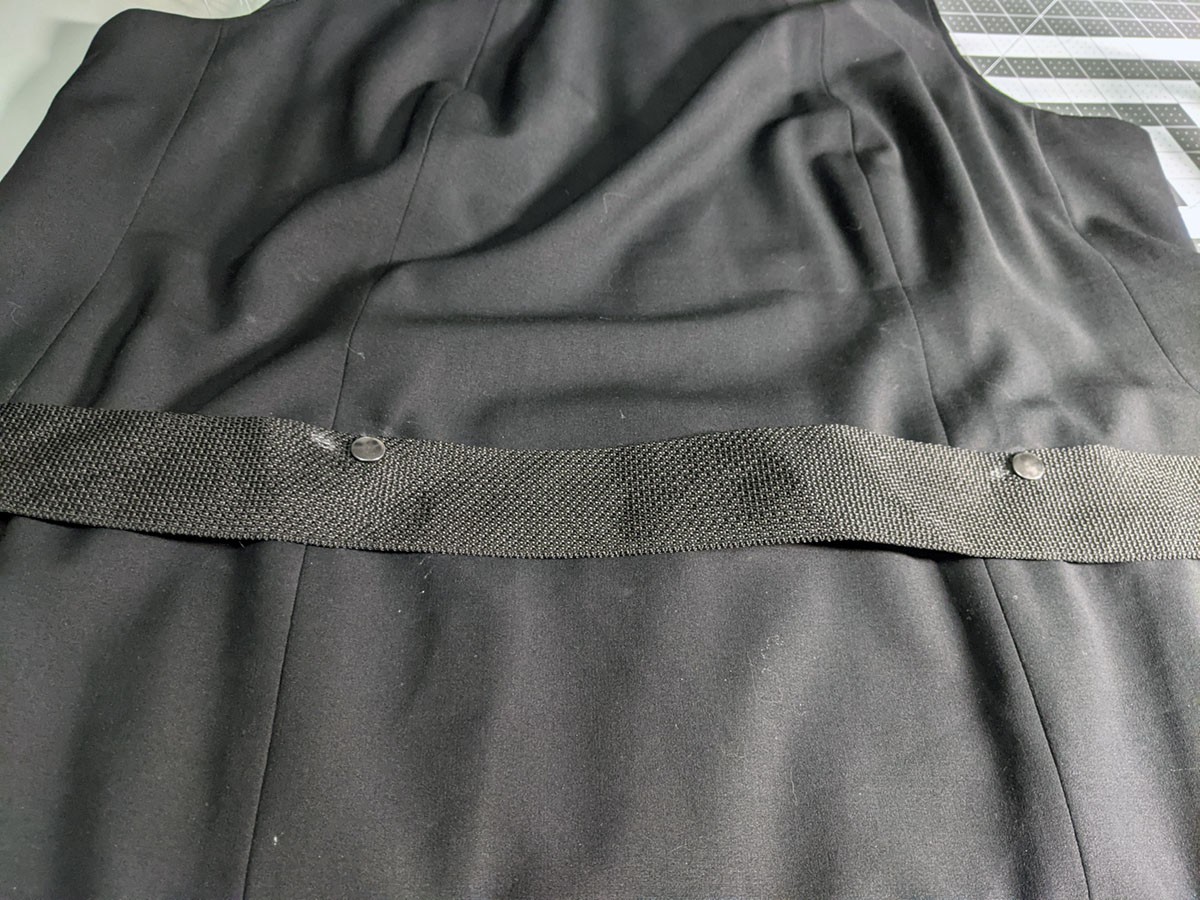
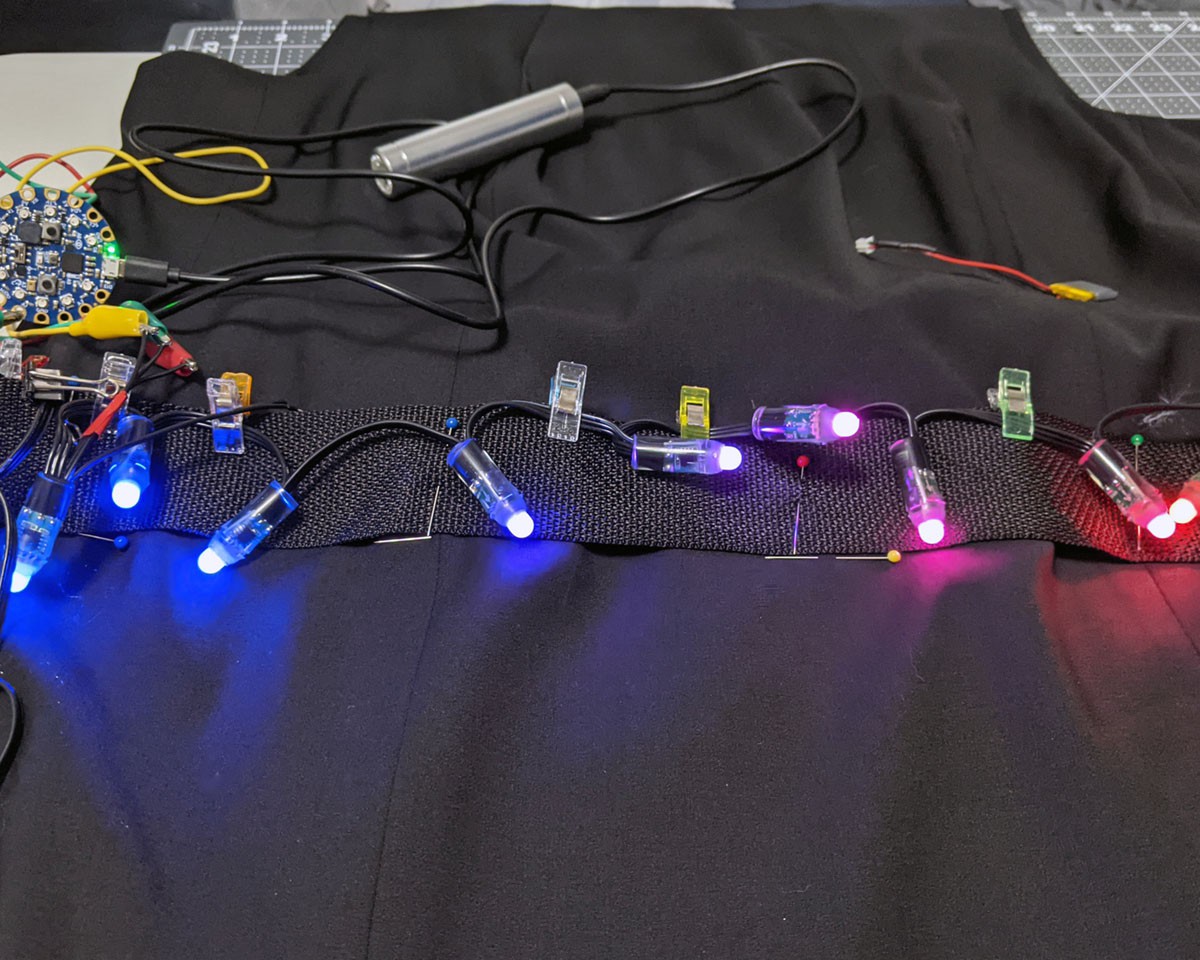
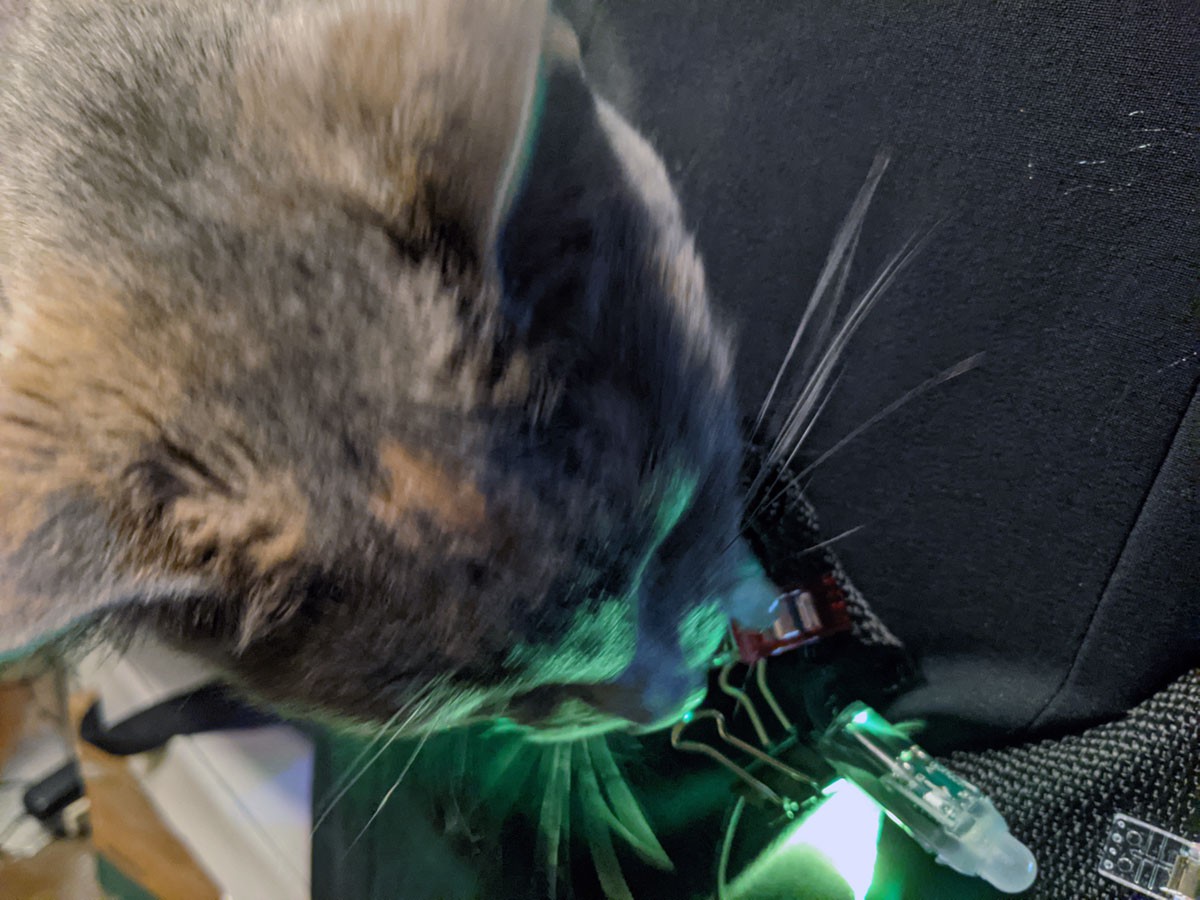
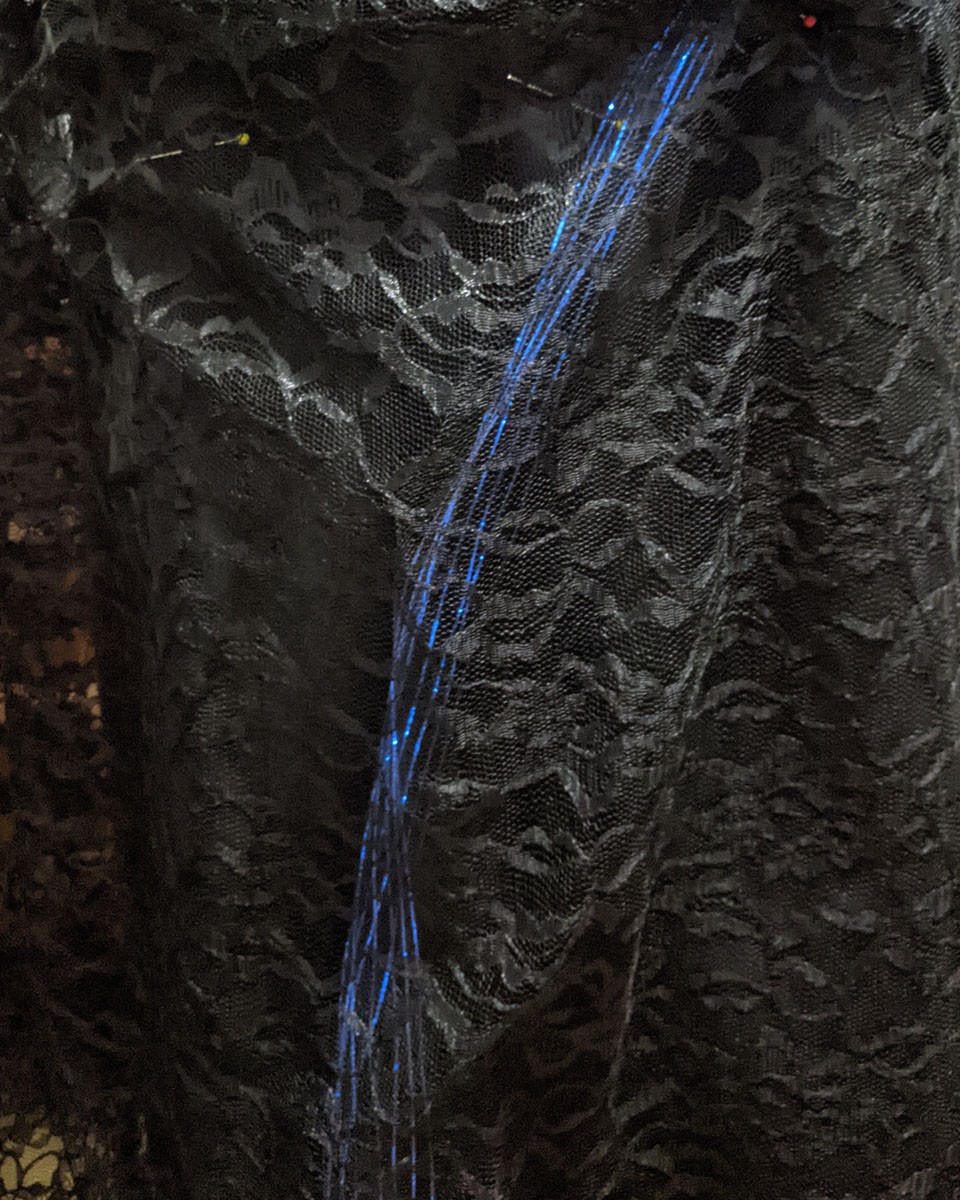


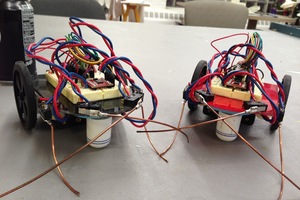
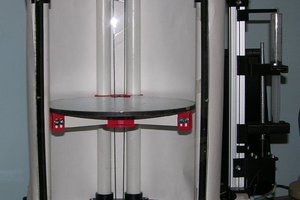
 Douglas Miller
Douglas Miller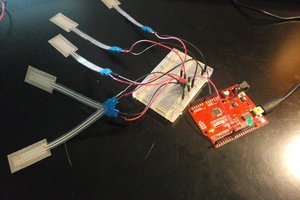
 kristina panos
kristina panos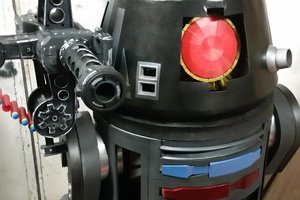
 Kenneth Zaborny
Kenneth Zaborny
Cool project! I've done some fiber optic projects before and found that making the interface between the optics and the LEDs to be a bit fiddly. Looking forward to seeing how you do that, please post details when you get that far :-D